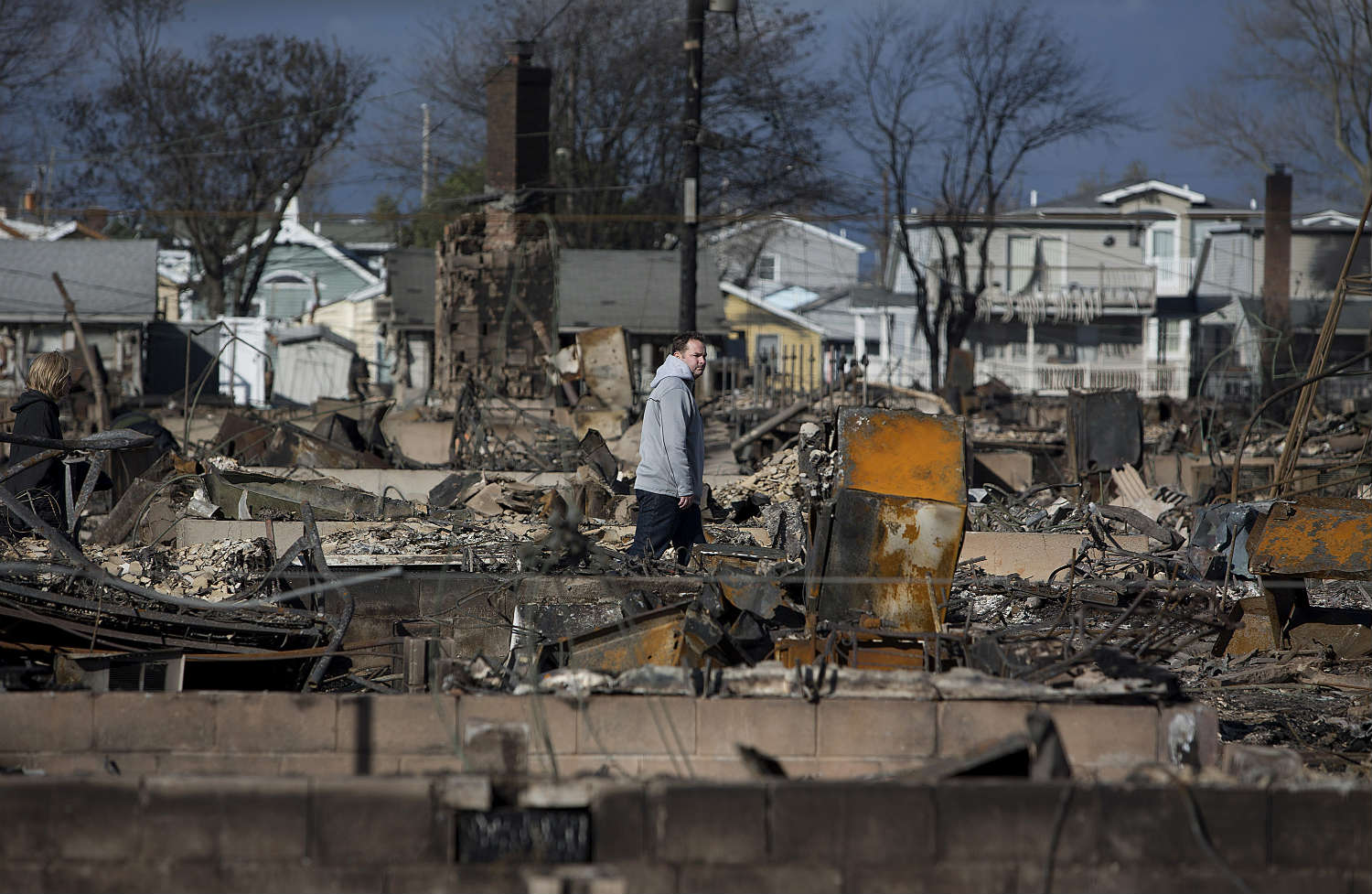
Every new chapter of the U.N. Intergovernmental Panel on Climate Change assessment is boiled down into what is known as a policymaker’s summary—a 40-page or so document that is meant to contain the essential conclusions of the panel’s work and be used to guide politicians and the business community as they respond to global warming. Or at least that’s the idea.
Though chapter 2 of the fifth assessment—which was released on Mar. 31 in Yokohama—had no shortage of dire warnings about global warming, including projections that food could become scarcer as temperatures increased, it doesn’t seem as if many policymakers read the policymaker’s summary—let alone the full report, which runs over 1,000 pages. Kate Gordon, the director of the think tank Next Generation’s energy and climate program, noted that no speaker at the Wall Street Journal‘s ECO:nomics conference—a conference devoted to the intersection between the environment and business—actually brought up the issue of global warming until well into the afternoon of the summit’s second day. “Energy prices, energy volatility, future of utilities? Yes,” she wrote. “Climate change? No.”
If climate change is going to matter as a political and economic issue, it needs to be translated into political and economic terms. Out in San Francisco the hedge fund billionaire Tom Steyer is trying to make climate matter for politics, promising to spend tens of millions of dollars in 2014 on attack ads targeting politicians who oppose action on global warming. And Steyer is also involved in an effort to make climate change matter for the business community, teaming up with former New York City Mayor Michael Bloomberg and former Treasury Secretary Hank Paulson on the Risky Business initiative, a wide-ranging project that will eventually produce a major report about the likely economic impact of climate change on U.S. business. “We came to this thinking how do we get to a place and a way of talking about climate change that is comfortable for the business community,” says Gordon, who also serves as the executive director of Risky Business. “And that’s the language of risk.”
Risk—you’ll be hearing that word a lot in the context of climate change. That’s because the best way of thinking about the impact of global warming—and especially the economic impact—is as a risk factor. As the climate warms, sea level will rise, which puts coastal communities—from tens of millions of poor people in Bangladesh to ultra-wealthy Manhattanites—at greater risk of flooding. Warming may also intensify tropical weather, potentially increasing the risk of catastrophic storms like Katrina. If climate change cuts into the yield of crops like wheat or corn—as the latest IPCC report predicts—that could raise the risk of violent conflict in already impoverished countries. Climate change is a risk multiplier.
Putting climate change in the context of risk also gets around the uncertainty inherent in trying to predict the effects of something as fiendishly complex as global warming. Read the IPCC report closely, and you’ll see that there’s a lot of hedging, especially when it comes to the impact that warming temperatures will have on extreme weather. That’s not evidence that global warming doesn’t exists; rather, it’s evidence that climate scientists are honest about what they know and what they don’t know. And it doesn’t give us a free pass—it’s possible that hurricanes might not be responsive to warming, and it’s also possible that warming could supercharge storms. “The very fact of uncertainty—that’s what we mean by risk,” says Hemant Shah, the CEO of Risk Management Solutions (RMS), a catastrophe risk modeling firm that is taking part in the Risky Business initiative.
And this is what’s really important: businesses already know how to deal with risk. They’re accustomed to operating in an uncertain world, and hedging that risk appropriately, whether it’s the threat of natural disaster, war or regulation. By making CEOs see that climate change is just another form of risk—albeit one that’s potentially on a scale larger than any we’ve faced before—the Risky Business initiative will hopefully nudge them towards taking some steps to mitigate that risk. “The question is, what decisions can we make to manage that risk appropriately,” says Shah. “We think this is incredibly important work.”
RMS, which uses complex analytics to model natural catastrophe risk in real time, will provide much of the science behind Risky Business. The company’s analysts will use climate data and models to map out how rising seas, warming temperatures and changing atmospheric patterns could alter the natural disasters that already cost the global economy tens of billions of dollars each year. The result won’t be a single figure—a dollar cost that we can hang on climate change—but it will help us understand the danger we face. The question then is whether we’ll finally listen.
More Must-Reads From TIME
- The 100 Most Influential People of 2024
- Coco Gauff Is Playing for Herself Now
- Scenes From Pro-Palestinian Encampments Across U.S. Universities
- 6 Compliments That Land Every Time
- If You're Dating Right Now , You're Brave: Column
- The AI That Could Heal a Divided Internet
- Fallout Is a Brilliant Model for the Future of Video Game Adaptations
- Want Weekly Recs on What to Watch, Read, and More? Sign Up for Worth Your Time
Contact us at letters@time.com